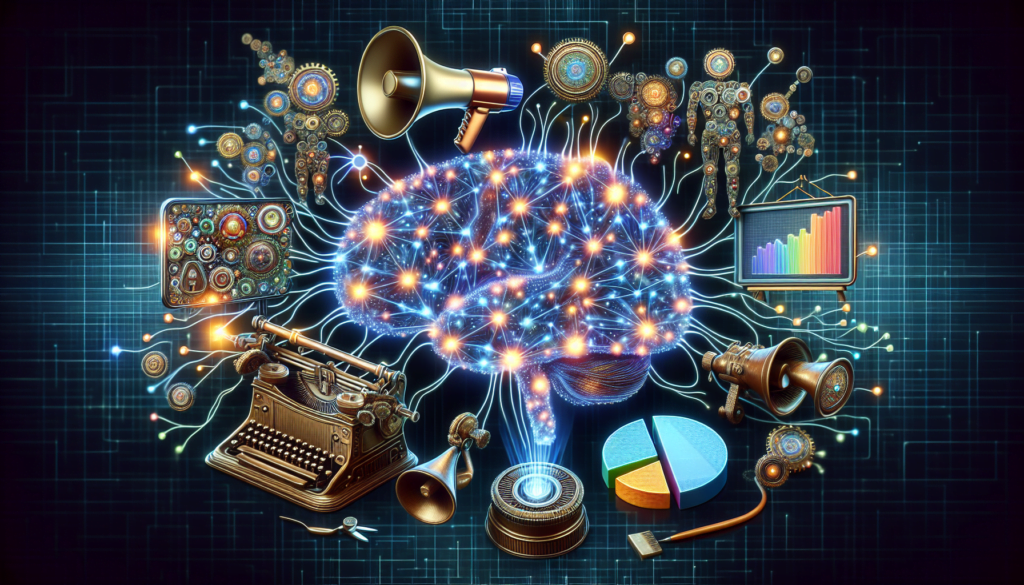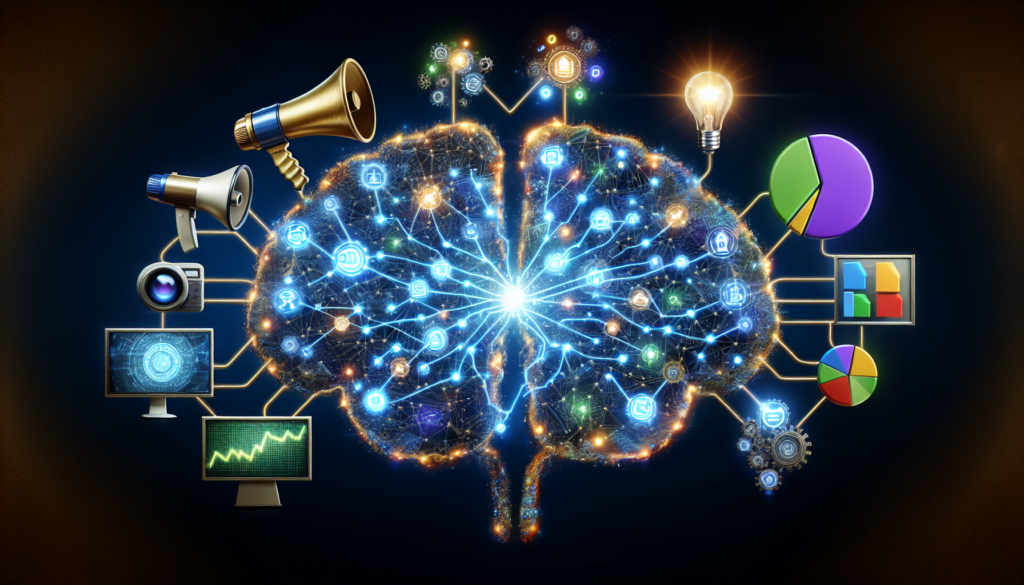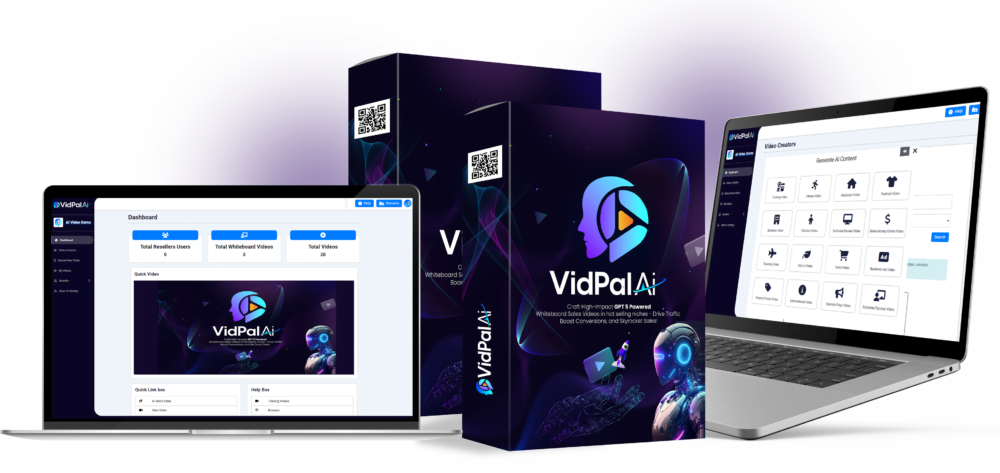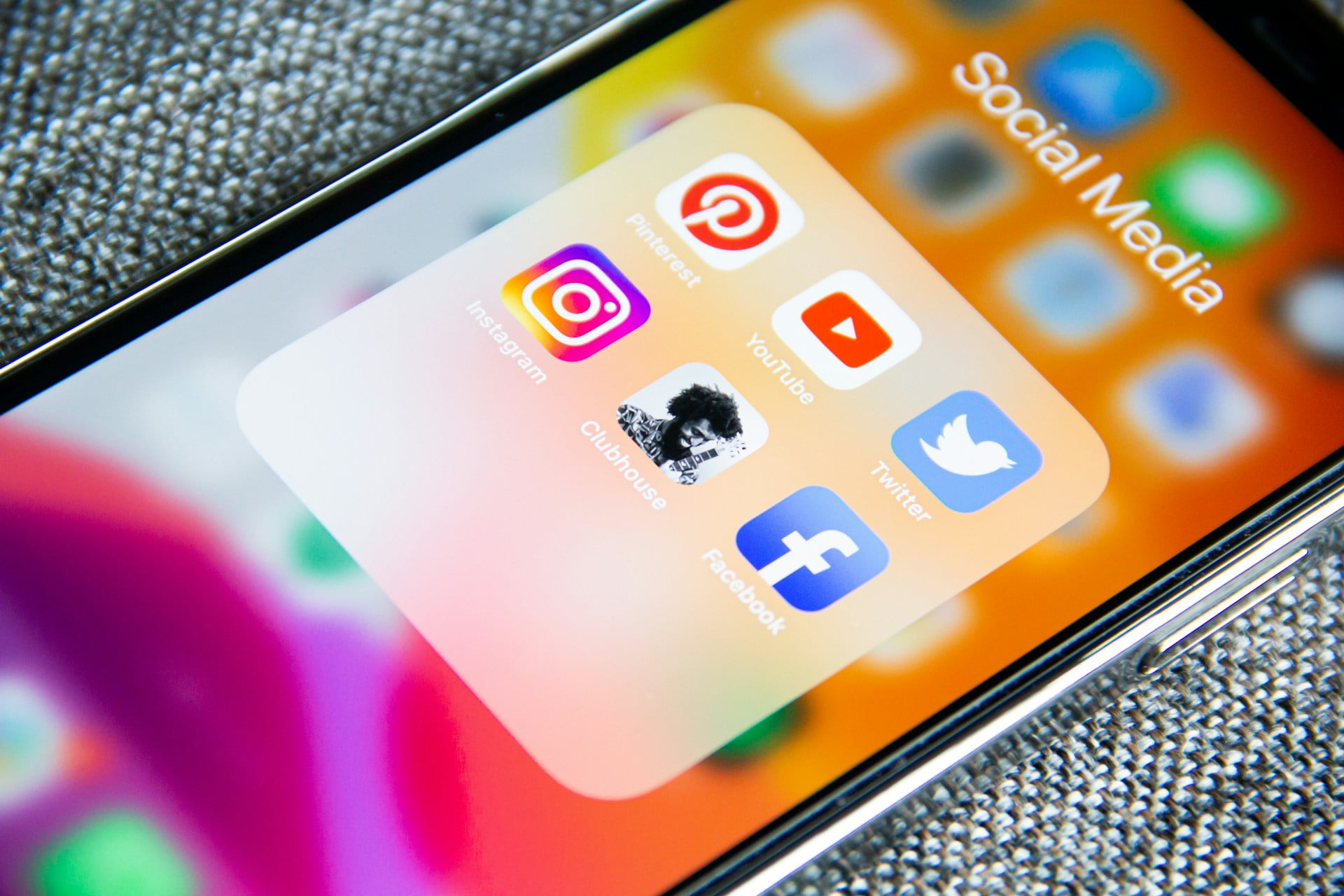Embarking on the journey of revolutionizing your marketing strategies with artificial intelligence (AI) and machine learning (ML) opens up a world of possibilities that can significantly enhance the effectiveness of your campaigns. By leveraging AI and ML, you tap into the power of advanced analytics, personalized content creation, and predictive customer behaviors, transforming how you connect with audiences and enabling a more dynamic and responsive marketing approach. This insightful article will guide you through the practical steps to integrate these game-changing technologies into your marketing playbook, ensuring your brand not only keeps pace with the evolving digital landscape but sets the pace for innovation and growth.

Understanding AI and ML in the Marketing Context
As a marketer in the modern digital landscape, it’s crucial for you to grasp how artificial intelligence (AI) and machine learning (ML) can transform your marketing strategies. Let’s explore what these technologies mean and how they differ from each other. Then, we’ll delve into how they evolve marketing strategies and the benefits they bring to the marketing table.
Differences Between AI and ML
AI is a broad concept that refers to machines or systems that can mimic human intelligence to perform tasks. This includes problem-solving, recognising patterns and even understanding natural language. ML, a subset of AI, is where the system learns and improves from experience without being explicitly programmed. Think of AI as the whole pizza, and ML as just one, albeit significant, slice.
Evolution of Marketing Strategies with AI and ML
Over time, your marketing strategies have evolved from simple adverts to deeply personalised campaigns, thanks to AI and ML. Traditional marketing strategies relied heavily on broad customer demographics, but AI and ML allow for marketing efforts that are finely tuned to individual preferences and behaviours, sometimes predicting what customers want even before they do.
Benefits of AI and ML for Marketers
The benefits you reap from AI and ML are significant. They improve decision-making through data-driven insights, automate repetitive tasks, enhance customer targeting and personalization, measure campaign effectiveness, and even drive revenue growth by identifying upselling and cross-selling opportunities.
Aligning AI/ML Capabilities with Marketing Goals
To fully leverage AI/ML technologies, it’s important that you align their capabilities with your specific marketing goals. Here’s how you can make that alignment happen.
Identifying Marketing Objectives
First, you need to define what you want to achieve. Do you want to increase brand awareness, improve lead generation, boost sales, or enhance customer satisfaction? Knowing your end goal is the first step to identifying how AI/ML can help you get there.
Mapping out AI/ML’s Role in Achieving Objectives
Once you know your objectives, you can map out AI/ML’s role. For instance, if improving customer satisfaction is your goal, AI-powered chatbots can provide instant customer support. If increasing sales is the objective, ML can optimise your sales funnel and predict which leads are more likely to convert.
Key Performance Indicators for AI/ML-driven Marketing
Setting up Key Performance Indicators (KPIs) is integral when you’re implementing AI/ML in your marketing strategy. Measure the success of your AI/ML efforts against metrics like conversion rates, click-through rates, or customer lifetime value. This will help you understand the impact of your initiatives and where you can improve.
Data-Driven Marketing and Predictive Analytics
In your journey as a marketer, you absolutely cannot ignore the role data plays. It’s time to embrace data-driven marketing and predictive analytics.
Leveraging Big Data in Marketing
Big Data gives you unparalleled insights into consumer behavior. Using AI, you can sift through vast amounts of data to uncover patterns and trends that inform your marketing strategies, making them more effective and targeted.
Implementing Predictive Analytics for Trend Forecasting
Predictive analytics uses historical data to predict future trends. This can be incredibly helpful for your inventory management, demand forecasting, and even tailoring marketing messages to meet anticipated consumer demands.
Enhancing Personalization through Machine Learning
Machine learning excels at personalization. By analyzing past user behavior, ML can predict what specific content, products, or services your customers might prefer, leading to personalized recommendations that are far more likely to result in a sale.

Improving Customer Insights with AI
AI equips you with tools that enhance your understanding of customers. Here are a few ways how.
AI for Enhanced Customer Data Analysis
AI can quickly analyze large volumes of customer data, providing insights into purchasing habits, preferences, and behaviors. This can inform your marketing strategy, campaign design, and customer experiences.
Predictive Customer Behavior Models
AI helps you create models that predict customer behavior. You’ll know which customer is likely to churn or who is primed for an upsell. This way, you can take proactive steps to retain and grow your customer base.
Utilizing AI for Customer Segmentation
Customer segmentation becomes more precise with AI. You can sort customers into detailed segments based on real-time data and sophisticated algorithms, allowing for highly targeted and effective marketing campaigns.
AI-Enhanced Content Creation and Curation
The creation and curation of content are central elements of your marketing strategy. AI can enhance both.
Automating Content Creation with AI
AI can now generate written content, basic reports, and even creative material. While it may not completely replace human creativity, it can increase efficiency and help you produce content at scale.
Content Curation through Machine Learning Algorithms
ML algorithms can help curate content by analyzing user behavior and preferences to suggest the most relevant content for your audience. This results in a more engaging user experience and can improve retention rates.
Optimizing Content Delivery Based on User Interaction
By analyzing how users interact with content, AI can optimize when and where content should be delivered for maximum impact. This means less guesswork and more strategic content placement.
Chatbots and Conversational Marketing
Chatbots are an essential tool in your marketing arsenal. Let’s see how they can enhance customer interactions.
Deploying AI Chatbots for Customer Service
AI chatbots can provide 24/7 customer service, handling common queries efficiently. This elevates the customer experience while freeing your human staff to tackle more complex issues.
Integrating Chatbots within the Sales Funnel
Chatbots are not just for customer service; they can be integrated into your sales funnel. By interacting with potential customers during the purchasing process, chatbots can help guide them to conversion.
Personalizing Customer Interactions with Chatbots
Chatbots can also offer personalized interactions by using customer data to tailor conversations. This kind of customization can significantly improve the customer journey and strengthen brand loyalty.
Programmatic Advertising and Real-Time Bidding
Programmatic advertising and real-time bidding use AI and ML in sophisticated ways to enhance ad campaigns.
Understanding Programmatic Advertising
Programmatic advertising uses AI to automate the buying and placement of ads, which improves targeting and increases efficiency. It lets you deliver the right message to the right person at the right time, without manual intervention.
ML Algorithms for Ad Performance Optimization
ML algorithms continuously analyze the performance of ad campaigns and optimize them in real-time. This ensures your ads perform as well as possible and your budget is spent effectively.
Real-Time Bidding Strategies Powered by AI
Real-time bidding (RTB) is a type of programmatic ad buying that involves the instant auction of ad space. AI powers the algorithms that bid for ad space, ensuring that you get the best prices and your ads are seen by your target audience.
Optimizing User Experience with Machine Learning
User experience on your platform is key to retaining and engaging customers. Here’s how ML can help.
Tailoring Website Experiences through ML
ML algorithms can tailor the online experience for each visitor to your website. Based on user behavior, these algorithms can dynamically change site content, layout, and even navigation to suit individual preferences.
AI Tools for Website Personalization
AI tools can personalize the website experience at scale by using data from customer interactions. This leads to more effective engagement and potentially higher conversion rates.
Analyzing User Experience Metrics with AI
AI can help you understand user experience by analyzing metrics such as time on page, bounce rates, and click patterns. These insights allow you to make informed decisions that can improve website performance.
Email Marketing Automation
Email remains a powerful marketing tool. AI takes email marketing to the next level.
Personalizing Email Campaigns with AI
AI allows for deep personalization of email campaigns, analyzing user data and behavior to send emails that resonate with each recipient. This personal touch can significantly increase open and click-through rates.
Automated Email Workflows Based on User Behavior
AI can automate email workflows, triggering emails based on specific user behaviors. This means timely emails that align with where the user is in the customer journey, making the emails more relevant and effective.
Analyzing Email Campaigns Effectiveness with ML
ML algorithms offer detailed insights into the effectiveness of email campaigns, from subject line success rates to the best times to send emails. This analytics-driven approach enables constant refinement and optimization of email strategies.
Future Trends in AI/ML for Marketing
The field of AI and ML is evolving rapidly, and you need to keep an eye on the horizon to stay ahead.
Emerging Technologies in the AI/ML Space
Keep your eyes peeled for emerging technologies, like advanced conversational AI and sophisticated predictive analytics, which will shape the future of marketing. Staying abreast of these developments keeps you competitive.
Predictions for AI/ML in Future Marketing Landscapes
AI and ML will continue to get more advanced, with predictions that they will become even more integral to hyper-personalization and real-time customer interactions. Marketers who master these tools will undoubtedly have an edge.
Preparing for Evolving Consumer Behavior Influenced by AI/ML
Consumer behavior will evolve as AI and ML become more prevalent. Prepare by ensuring your marketing strategies are adaptable and that you’re continuously learning about new AI/ML developments. Keeping up with these changes ensures you meet the future head-on, ready to take advantage of the next wave of marketing innovation.















